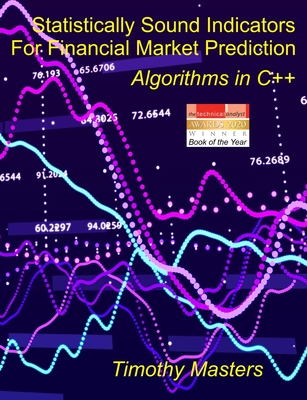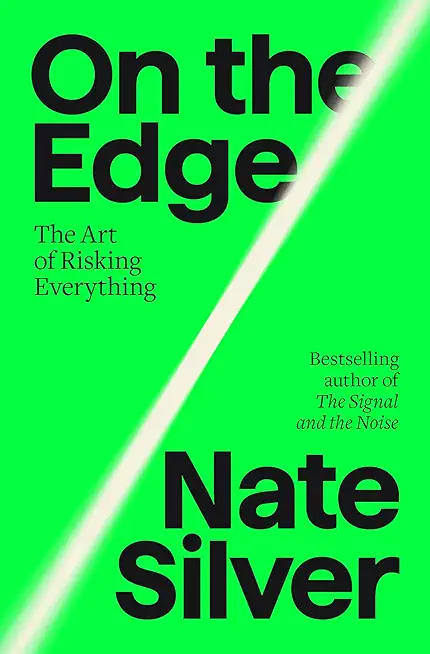
Masters, Timothy
In my decades of professional experience as a statistical consultant in the field of financial market trading, the single most important lesson that I've learned about trading is this: the quality of the indicators is vastly more important than the quality of the trading algorithm or predictive model. If you are sloppy about your indicator computation, no high-tech model or algorithm is going to bail you out. Garbage in, garbage out still rules.
This book presents numerous traditional and modern indicators that have been shown to carry significant predictive information. But it will do far more than just that. In addition to a wealth of useful indicators, you will see the following issues discussed:
There are simple tests that let you measure the potential information-carrying capacity of an indicator. If your proposed indicator fails this information-capacity test, you should consider revising it. This book describes simple transformations that raise the information-carrying capacity of your indicators and make them more useful for algorithmic trading.
You will learn how to locate the regions in your indicator's domain where maximum predictive power occurs so that you can focus on these important values.
You will learn how to compute statistically sound probabilities to help you decide whether the performance of an indicator is legitimate or just the product of random good luck.
Most traditional indicators examine one market at a time. But you will learn how examining pairs of markets, or even large collections of markets simultaneously, can provide valuable indicators that quantify complex inter-market relationships.Govinda Khalsa devised a powerful indicator called the Follow-Through Index which reveals how likely it is that an existing trend will continue. This indicator is extremely useful to trend-following traders, but due to its complexity it is not widely employed. This book presents its essential theory and implementation in C++.
Gary Anderson developed a detailed and profound theory of market behavior that he calls The JANUS Factor. This theory enables computation of several powerful indicators that tell us, among other things, when trading opportunities are most likely to be profitable and when we should stay out of the market. This book provides the fundamental theory behind The JANUS Factor along with extensive C++ code.
Whether you compute a few indicators and trade by watching their plots on a computer screen, or do simple automated algorithmic trading, or employ sophisticated predictive models, this book provides tools that help you take your trading to a higher, more profitable level.







